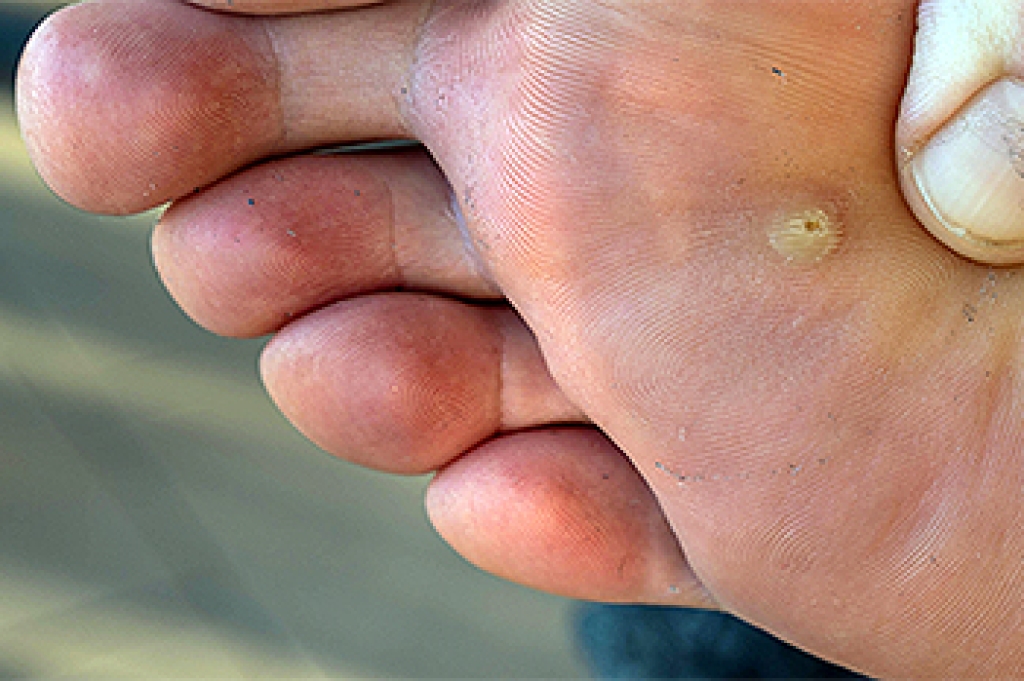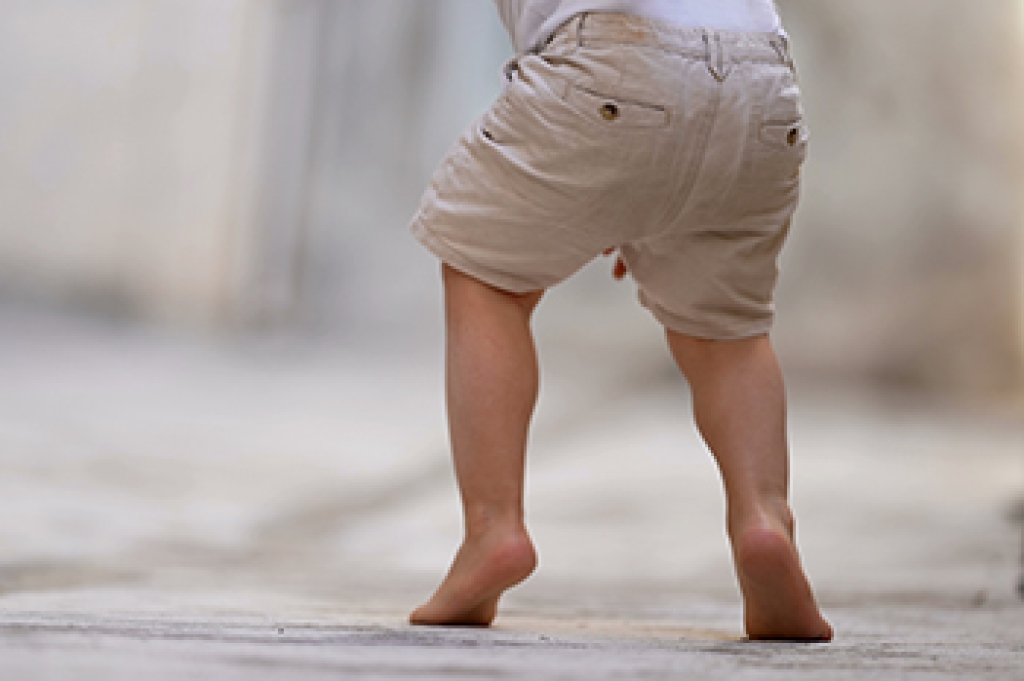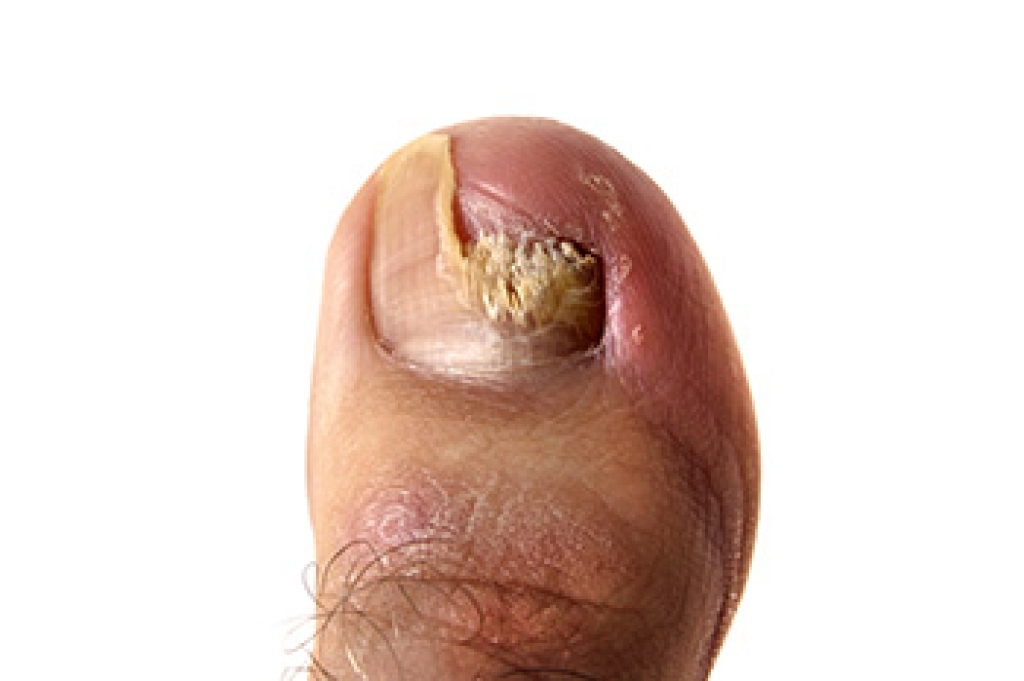
Type one diabetes is an autoimmune condition in which the body no longer produces insulin, requiring lifelong management to keep blood sugar within a healthy range. These ongoing shifts can influence foot health in subtle, but important ways. Circulation may become less efficient over time, leading to dry skin, slower healing, and a higher chance of infection. Nerve changes can cause tingling, burning, or numbness, making it harder to feel small injuries or areas of pressure. Even minor cuts, blisters, or cracks can worsen if they go unnoticed. Daily foot checks, wearing supportive footwear, and prompt care for any new concern can help protect long-term comfort and mobility. If you notice numbness, dryness, or wounds that heal slowly, it is suggested that you are under the care of a podiatrist who can help you to manage this serious condition.
Diabetic foot care is important in preventing foot ailments such as ulcers. If you are suffering from diabetes or have any other concerns about your feet, contact Afsha Naimat-Shahzad, DPM from Leander Foot & Ankle. Our doctor can provide the care you need to keep you pain-free and on your feet.
Diabetic Foot Care
Diabetes affects millions of people every year. The condition can damage blood vessels in many parts of the body, especially the feet. Because of this, taking care of your feet is essential if you have diabetes, and having a podiatrist help monitor your foot health is highly recommended.
The Importance of Caring for Your Feet
- Routinely inspect your feet for bruises or sores.
- Wear socks that fit your feet comfortably.
- Wear comfortable shoes that provide adequate support.
Patients with diabetes should have their doctor monitor their blood levels, as blood sugar levels play such a huge role in diabetic care. Monitoring these levels on a regular basis is highly advised.
It is always best to inform your healthcare professional of any concerns you may have regarding your feet, especially for diabetic patients. Early treatment and routine foot examinations are keys to maintaining proper health, especially because severe complications can arise if proper treatment is not applied.
If you have any questions, please feel free to contact our office located in Leander, TX . We offer the newest diagnostic and treatment technologies for all your foot care needs.





